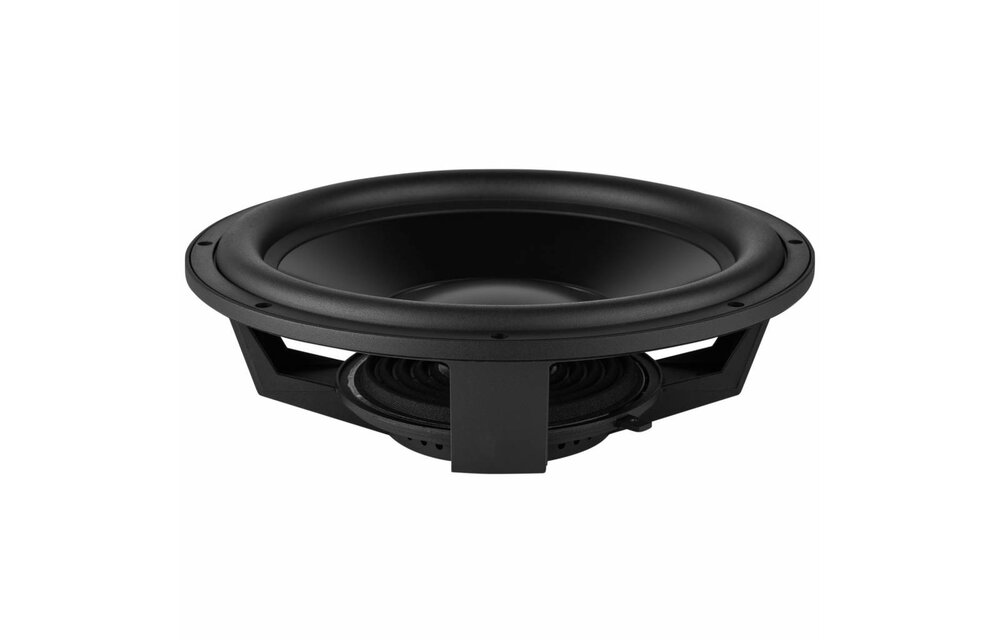



RSS390-PR 15" Aluminum Cone Passive Radiator
- Verzending altijd verzekerd en met track & trace
- Voor 16u besteld, vandaag verstuurd
- Gratis verzending vanaf €99
- In-house technische support












Dayton Audio's RSS390-PR 15" passive radiator is the ideal choice for tuning small enclosures lower than possible with a conventional port. With a thick aluminum cone, cast frame, rubber surround, and incredible excursion capabilities (60 mm peak to peak) this radiator is perfect for today's high excursion subwoofers.
Highlights
Product Details
Dayton Audio RSS390-PR 15" Aluminum Cone Passive Radiator
We are proud to offer our customers a complete line of Dayton Audio Reference Series passive radiators. These high quality, well-engineered passive radiators are carefully constructed using the same rigid anodized aluminum cone and cast frame as Dayton Audio's world renowned Reference Series subwoofers, making them visually identical and a perfect match to the very popular line of drivers.
Each passive radiator employs the unique SMS™ (Sandwiched Mass Structure) design which keeps the majority of the mass centered between the surround and spider providing greater linearity by minimizing angular torque. These passives are also tunable using the included weights with the bolt-on mass adjustment assembly, making them easily integrated into virtually any subwoofer design.
The RSS390-PR 15" passive radiator includes:
(1) Passive radiator
(7) 75 gram disk weights
(1) wing nut (for tuning)
(1) lock nut (for final assembly)
Specifications: • Fs: 18.2 Hz • Vas: 7.51 cu. ft. (212.8 liters) • Qms: 4.01 • Cms: 0.22 mm/N • Mms: 400g • Rms: 12.41 kg/s • Sd: 829.6 sq. cm. • Xmech: 30 mm • Dimensions: Overall diameter: 15.29", Cutout diameter: 14", Depth: 4.76".
Note: Parameters above are for the passive only with no additional mass added. Parameters with additional mass added are listed in the table below.

Tip: As a general rule, the passive radiator(s) should have at least double the displacement of air (Vd) as the active woofer(s)/subwoofer(s) in the system.
To calculate Vd: Sd x Xmax = Vd
Er zijn nog geen reviews geschreven over dit product..